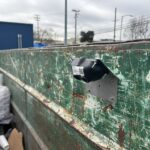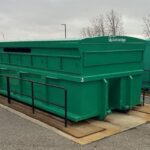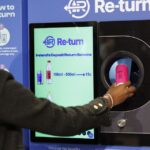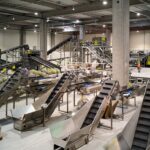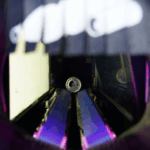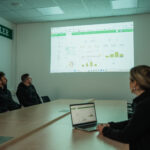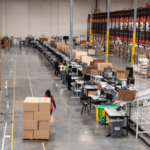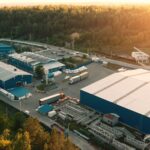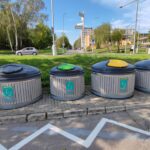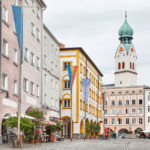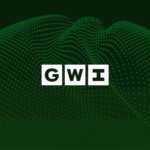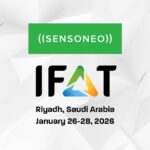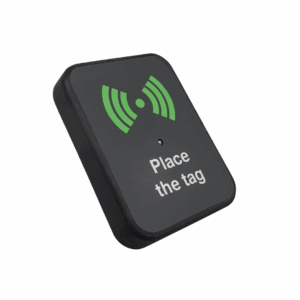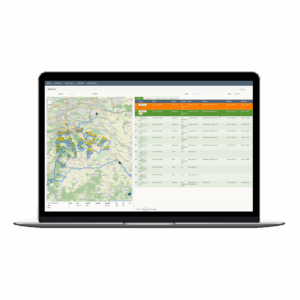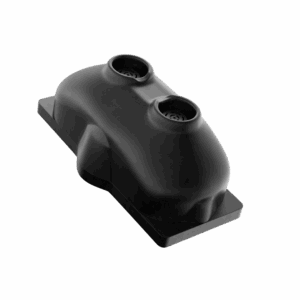Digitised Ecological Islands
Data-driven solution for container stands serving apartment blocks areas inside localities following green objectives of the European Union
Separate collection
of household waste
Fully digitised
fill-level and access data
Aiming green
targets of EU Recovery Plan
Digitised eco-islands
Digitised eco-islands shall be used to serve apartment block areas
Digitalized ecological islands for garbage collection and waste management can be defined as container stands with the deployment of bins which include different types of smart waste solutions, which are supporting green objectives from the EU Recovery plan.
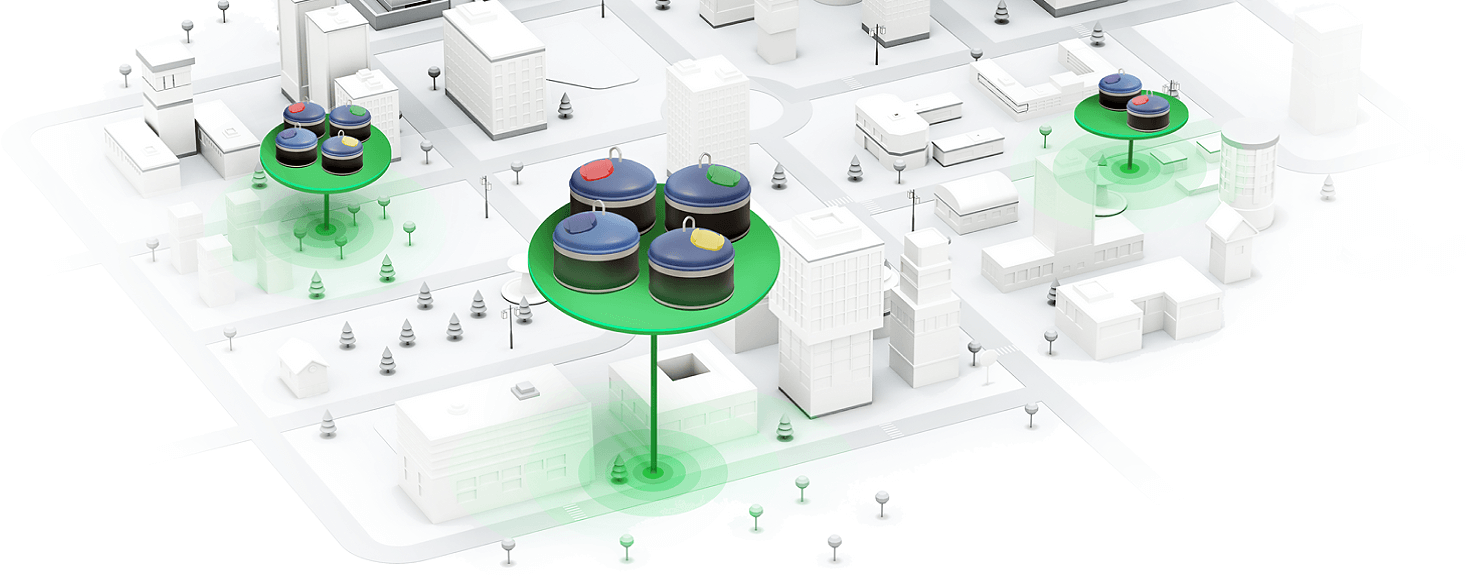
Green objectives:
- Decreasing greenhouse gas emissions produced by waste collection trucks
- Promoting better and more responsible recycling by EU citizens
- Avoiding waste tourism and illegal waste dumping
Digitized eco-islands shall be used to serve apartment block areas inside localities. The digitized ecological islands shall ensure the separate collection of household waste, mainly in block areas, for the following waste streams collected separately: paper and cardboard waste, plastic waste, metal waste, glass waste, biowaste, and residual waste.
Smart waste solutions that can be deployed into the containers within the ecological islands should be agnostic to any type of large-capacity bins and containers or semi-underground and underground bins and should include these smart waste solutions:
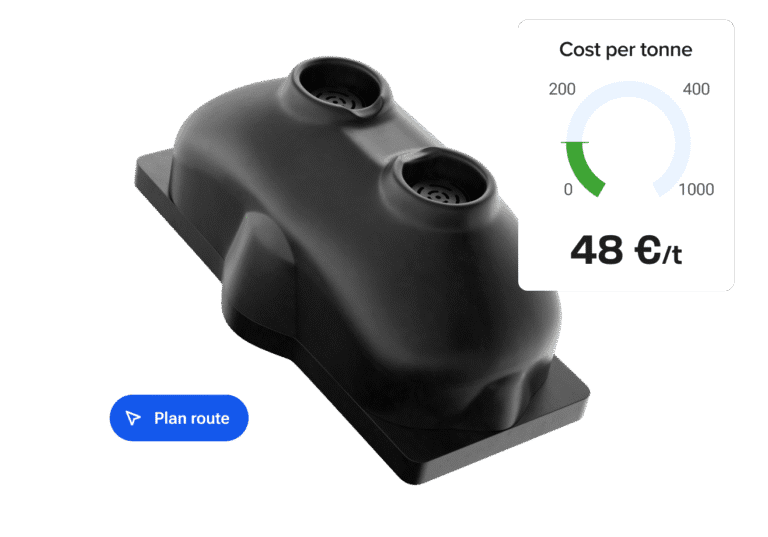
Smart waste sensors
Smart sensors measuring fill-levels in bins and monitoring any type of waste (mixed waste, paper, plastics, glass, clothing, bio-waste, liquids, electronics, metal….) in bins and containers of various types and sizes.
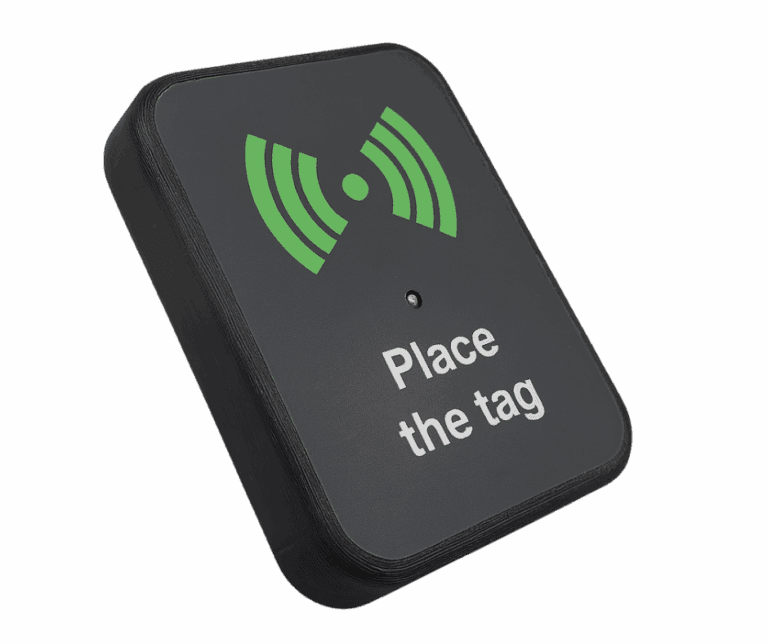
Bin Access Management
Remote digital management of access into bins ensuring that only the authorized people can access the bins. This solution should also facilitate the introduction of PAYT for apartment buildings that otherwise must be done via door-to-door collection only.
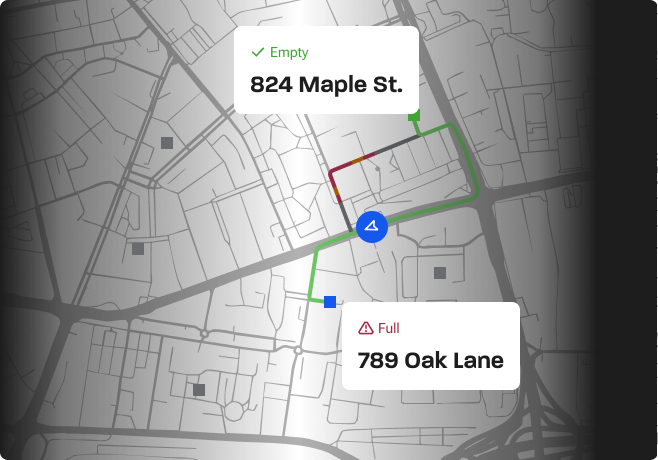
Route Planning
Route planning solution automating the management of the waste collection routes, based on precise pre-defined data regarding waste collection vehicles, depots, and landfills/ incineration sides. The aim is that every single waste collection route is planned to maximize the utilization of the resources (fleet, FTEs, time) and to minimize the costs by decreasing the greenhouse gas emissions produced by waste collectors.
Related solutions
We recommend exploring the following resources.
Schedule a call to find out more our solutions for eco-islands
We are looking forward to learning more about what you need. Your contact information will not be used for any other purpose.
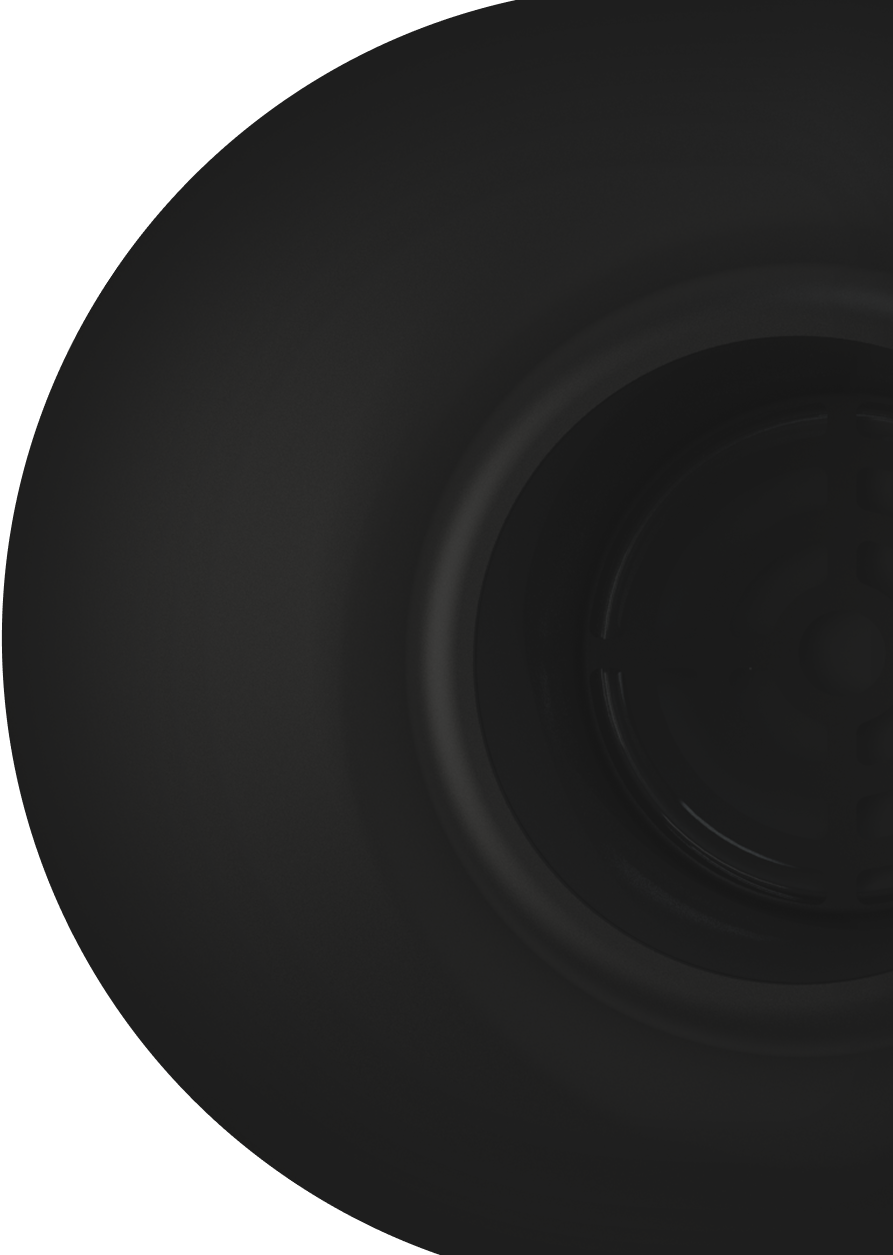
Manage waste smarter with
Built on in-house R&D, Sensoneo Smart Sensors combine IoT technology with robust hardware to deliver precise fill-level data across all waste types and container sizes. Designed and developed entirely in-house and produced in EU, our sensors ensure reliable performance, multi-network connectivity, and advanced features that support efficient and secure waste monitoring.
With its team of 160+ professionals, Sensoneo provides complex software and hardware solutions worldwide, with an active presence in Europe, USA, and the MENA region. Sensoneo’s smart waste management solutions have garnered attention from countries, cities, and businesses worldwide, with installations in over 90 countries across five continents.
As the only company worldwide, Sensoneo has successfully implemented and operates IT systems for Deposit Return Schemes (DRS) in 9 countries, achieving recycling performance exceeding 90%. The deployment of smart sensors by Sensoneo is poised to contribute to the largest smart waste installation worldwide, encompassing an impressive 11,100 sensors in Madrid. Additionally, Sensoneo has designed tools to automate factory waste collection, enabling its customers to improve waste diversion rates and data reporting at their locations.
Smart Waste Newsletter
Get monthly updates from our company and the world of waste!

